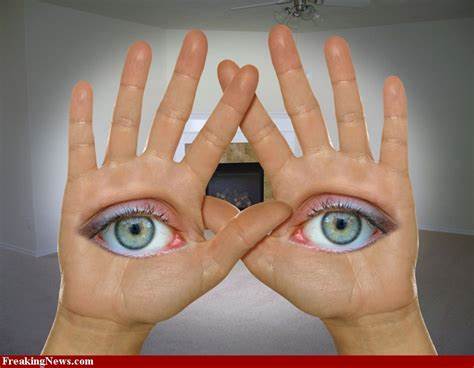
What is Coordination?
Eye-hand coordination is the ability to process visual information to guide hand movements. So then, it allows us to catch a ball, write neatly, or thread a needle. Therefore, our brains use the input from our eyes to help us perform actions with precision, timing, and spatial awareness.
The Role of Vision in Eye and Hand Coordination
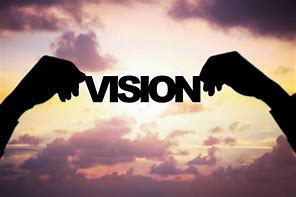
Hand and Eye Coordination. Consequently, clear vision is fundamental to effective hand-eye coordination. But any vision impairment can disrupt this system, leading to difficulties in performing everyday tasks. Here, common visual impairments that affect coordination include:
- Uncorrected refractive erros like myopia (nearsightedness), hyperopia (farsightedness), or astigmatism can blur the visual information necessary for fine motor skills.
- Depth perception issues can make it hard to gauge distances, affecting activities like driving, sports, or even simple tasks like pouring liquid into a glass.
- Strabismus (misalignment of the eyes) or amblyopia (lazy eye) can result in poor coordination due to the brain receiving mixed visual signals.
- Binocular vision problems, where both eyes do not work together efficiently, can also hinder spatial judgment, affecting tasks like catching a ball.
Why Coordination Gets Worse With Age

Hand and Eye Coordination. Subsequently, in many cases, declining hand-eye coordination is just the result of normal ageing. Also, losing cells that produce dopamine, the “feel good” hormone, is common as you age. But unfortunately, this can slow down your movements and make coordination difficult.
Furthermore, in addition, the eye and vision problems that are common with age may stand in the way of hand-eye coordination. These problems include:
- Glaucoma (a group of eye diseases where you have vision loss due to damage to the nerve at the back of your eye)
- Cataracts (cloudy areas in your eye’s natural lens that makes it difficult to see clearly)
- Macular degeneration (a part of your retina — the layer of cells on the back wall of your eye — is damaged and causes vision loss)
There are also lifestyle factors that you have more control over, like diet and exercise.
How Can You Improve Coordination As You Age?
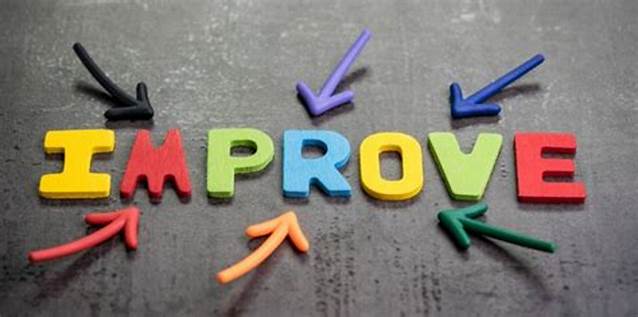
Hand and Eye Coordination. If you’ve always wanted to pick up a sport, now is the time. Sports like pickleball, swimming, or golf are all recommended for strengthening hand-eye coordination. However, you may also want to try your hand at tai chi, a low-impact exercise that originated in China as a martial art. So then, it combines meditation with a series of deep breathing and slow, flowing movements. And shifting your weight between poses.
Consequently, this improves balance, flexibility, strength, reflexes, and range of motion. Besides, which are all elements of movement and hand-eye coordination. As a result, a European study found that hand-eye coordination improved by almost 20% by doing tai chi three times a week for three months. Otherwise, stick to more traditional exercising, such as brisk walking or taking aerobics classes for at least 30 minutes a day for five days a week.
Reminder
Hand and Eye Coordination. Generally, just remember that you may not be able to play or exercise for as long or with the same intensity as you did in your younger years. As a result, you might need to make some adjustments, like trading tennis for pickleball or not swimming quite as many laps.
Physical Activity — Especially Physical Therapy — Is Key

Hand and Eye Coordination. Incidently, one of your best resources for finding ways to improve hand-eye coordination is a physical therapist (PT). Here, if you choose physical therapy, it’s recommended to work directly with a physical therapist (PT). Furthermore, so that they can put together a program that is tailored to your individual needs and that defines your personal goals. Above all, PTs can also teach you the safest and most effective ways to do your exercises.
However, whether or not you choose to work with a PT, make sure that you’re keeping active. By the way, physical activity isn’t just important for your physical and mental health. So then, it’s also a known way to improve coordination.
An eye-hand workout
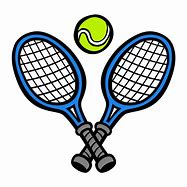
Hand and Eye Coordination. Above all, exercise is good for your brain, and the following may be especially helpful for eye-hand coordination.
Racquet sports. In tennis, racquetball, or pickleball, your eyes watch the ball, and your brain instructs your body to meet up with it.
“The speed of the moving ball is challenging. Your brain has to manage that hand and arm not just where you can see it, but also where you can’t see it, as the ball flies by and you reach behind you or to the side. It forces your reaction time to be faster,” says an occupational therapist at Harvard-affiliated Spaulding Rehabilitation Hospital.
Swimming. In swimming, you often use your arms and hands outside your field of vision, forcing the brain to use its mind’s eye. You visualize in your head what your hands are doing, without watching them. Plus, the sensory input is different in the water, which challenges the brain.”
Tai chi. This ancient martial art uses a series of slow, flowing motions and deep breathing. You gradually shift your weight from one pose to another, which improves your reflexes, balance, strength, flexibility, and range of motion. Tai chi reinforces all of these components of movement.
Noncontact boxing. This is a type of exercise program that involves wearing boxing gloves and shadow boxing or hitting soft pads. It’s especially challenging for your brain as you quickly aim left with your right hand, or aim right with your left hand.
There is a huge benefit in requiring your brain to cross the midline—an imaginary vertical line drawn from the sky down through your nose to your bellybutton and in between in your ankles.
Eye-hand activities
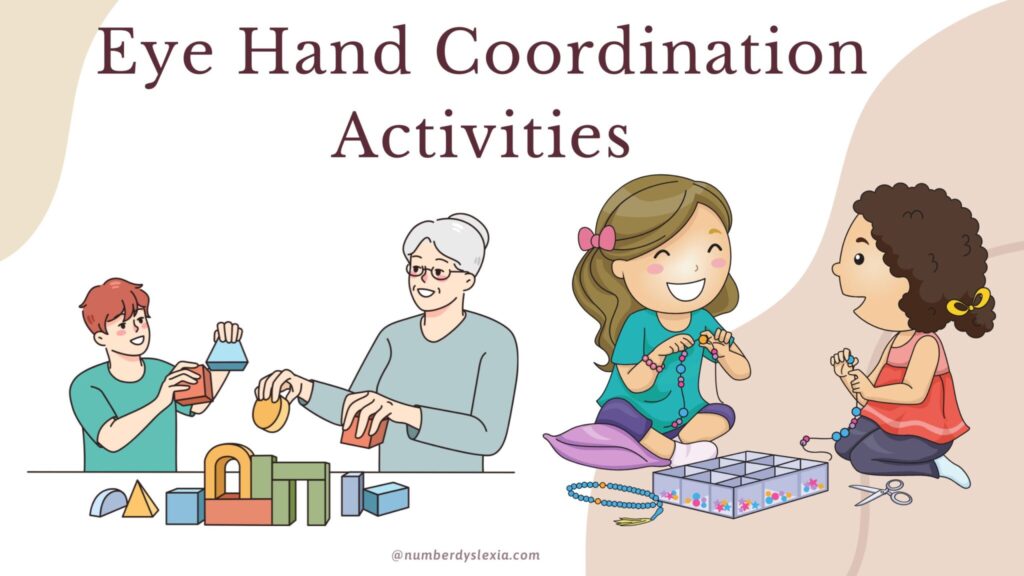
Hand and Eye Coordination. You don’t have to break a sweat to sharpen your eye-hand coordination; lots of fun activities can help. You could
- play a video game.
- play catch with a friend (ball or Frisby)
- bounce a ball against a wall
- play cornhole (a beanbag game)
- take up juggling
- play darts (magnetic darts are a safe choice)
- sew or knit
- paint or draw a picture
Adapting activities
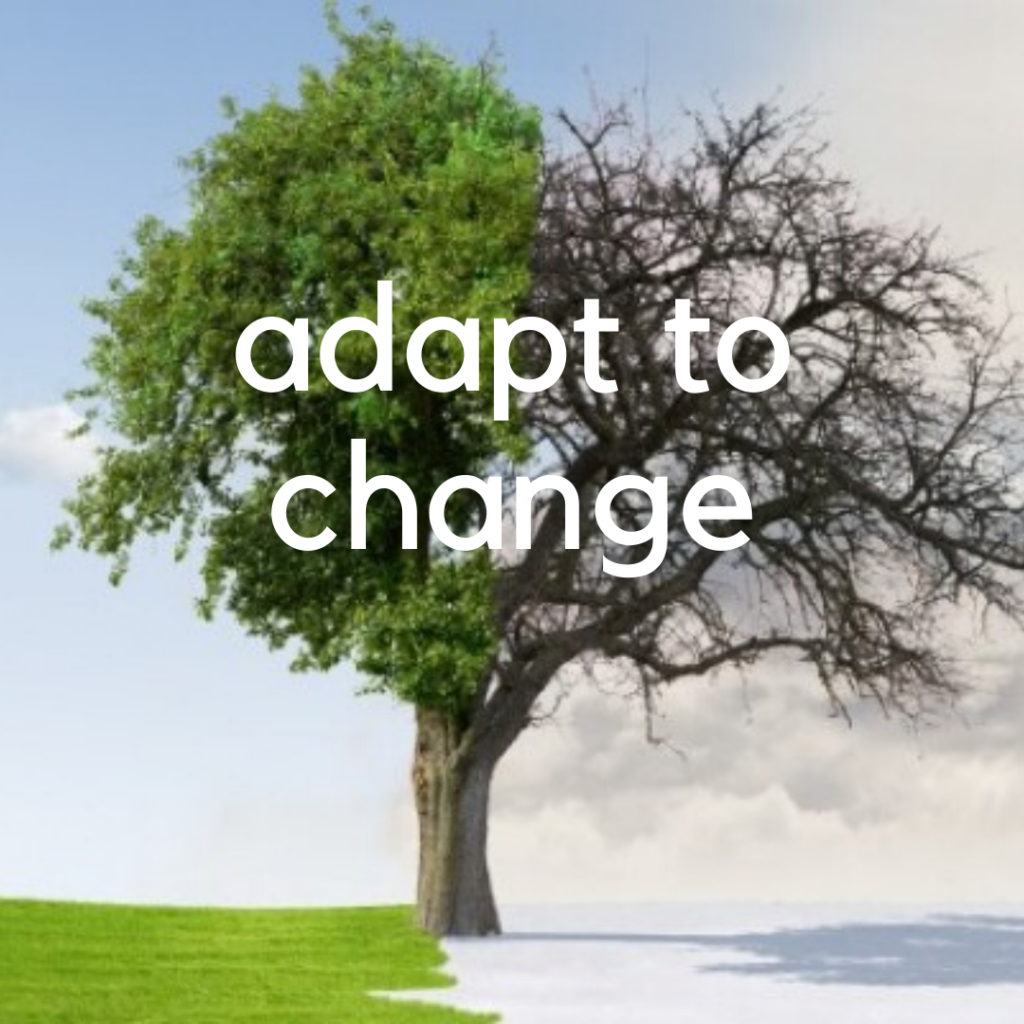
If any of these activities seem too challenging, you may be able to modify them to make them easier.
Hand and Eye Coordination. For example: “If a ball is too small for catch, blow up a balloon and hit it back and forth,””Play pickleball instead of tennis, since the pickleball court is smaller and you don’t have to cover as much ground to hit the ball. Or play Ping-Pong with a pickleball or a light plastic baseball, which may be easier to hit than a Ping-Pong ball.”
If you need assistance, occupational therapists can help you modify activities and create programs tailored to your coordination needs.
Whether you’re training with a therapist or on your own, make your practice more challenging over time; use a smaller ball or try a more difficult activity. “If you can increase the challenge once a month, that’s an impressive feat.”
The big benefit: a carryover into your daily activities, such as driving or grocery shopping. Reduced eye-hand coordination is not something you have to accept, You can start improving it right now.
Video
DONATE
Pensioner Fitness Awards
THE BUSINESS CONCEPT, BEST IN BUSINESS AWARDS
- “MOST INSPIRING SENIOR WELLNESS WEBSITE 2023“
THE GLOBAL HEALTH AND PHARMA, FITNESS AND NUTRITION AWARDS
2. “BEST SENIOR FITNESS AND NUTRITION SPECIALIST 2023“
THE MIDDLE EAST AND AFRICA BUSINESS AWARDS
3. “ MOST INCLUSIVE FITNESS PROVIDER 2023″
THE CORPORATE LIVE WIRE GLOBAL AWARDS 2023/2024
4. ” FITNESS ADVISORY PLATFORM OF THE YEAR“ 2023/2024
In Conclusion
a
Important Note *
Remember that everyone is different, it is ultimately YOUR RESPONSIBILITY to find what your body responds to. So please do your due diligence before trying anything new, including getting Medical Advice to ensure your safety and peace of mind.
Connect with me and leave a comment